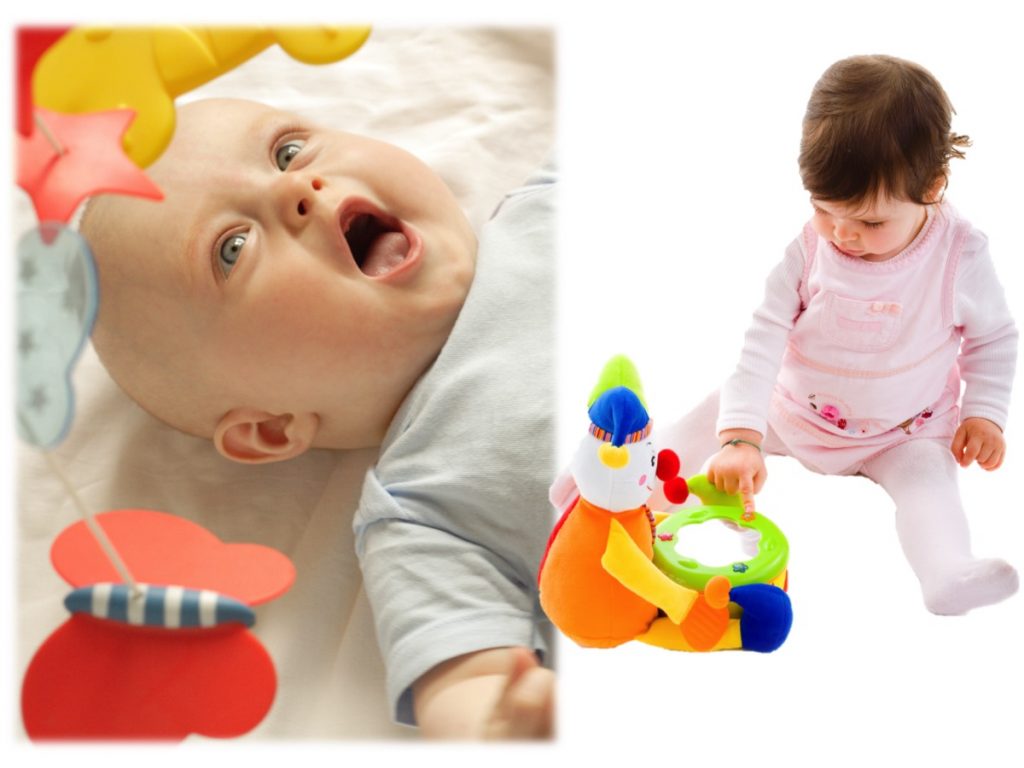
The famous developmental psychologist, Jean Piaget, began studying how young children learn about causes and effects in the 1900s. Piaget proposed that infants first learn cause-and-effect from their own trial-and-error actions on objects. For example, 6-month-old infants can learn to kick their leg to get a mobile to move. They do this by just trying different body movements and noting the effects that they produce.
Older children also learn more complex causes and effects through their own interventions. In one study, 4- to 5-year-old children observed that pressing two levers at the same time caused two toys to pop up. Then they got to play with the toys on their own. Instead of pressing the two levers at the same time, they pressed each of the levers on its own to see what effect it had. Children seem to seek out cause-and-effect like adults do. Children could have copied exactly what they had seen the adult do. Instead, children explored the levers’ cause-and-effect relation with the toys.
-
- Intervention
- an action taken on something with the goal of bringing about an effect
- Spatial contact
- when two or more objects touch each other